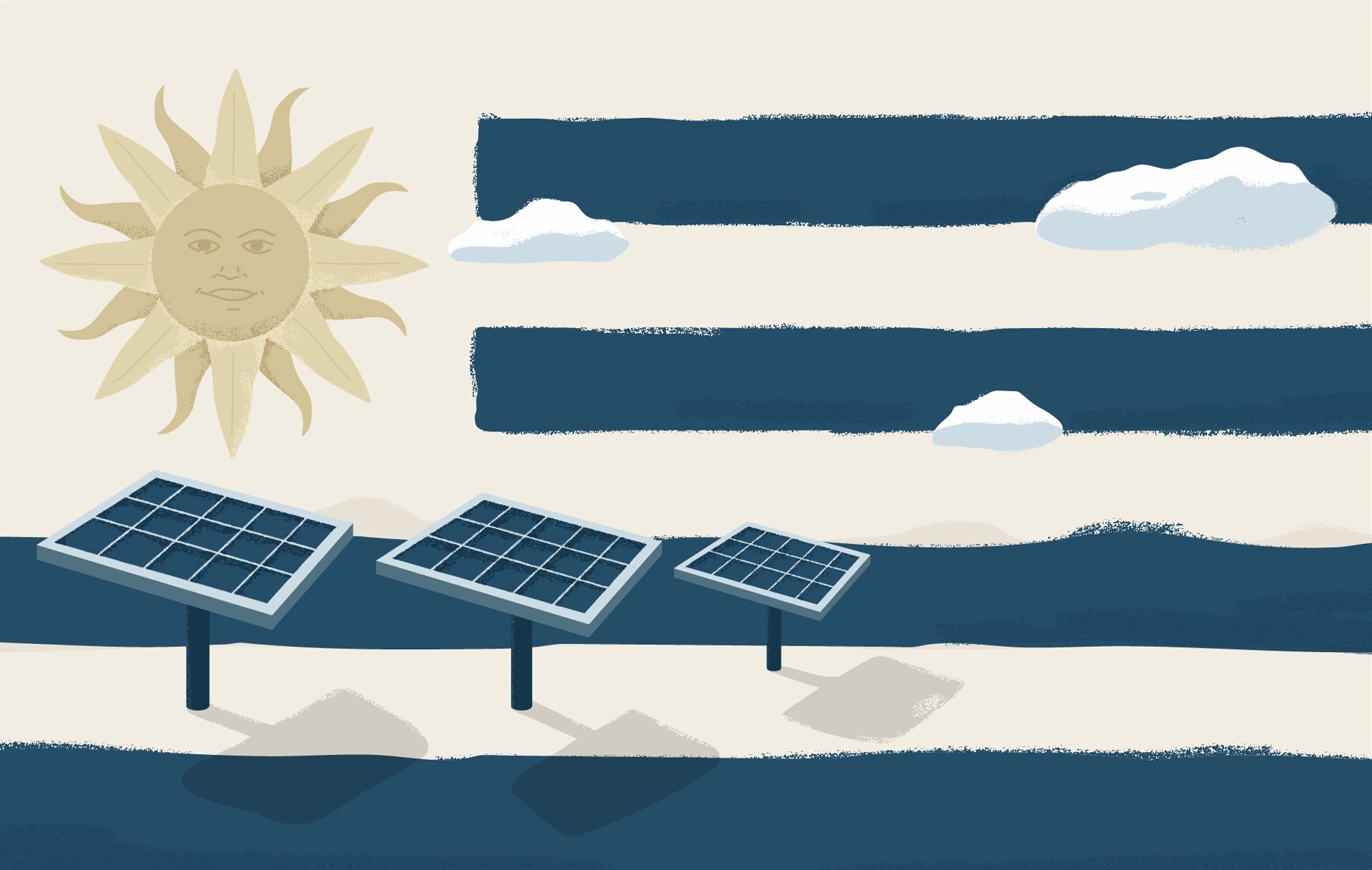- cross-posted to:
- [email protected]
- cross-posted to:
- [email protected]
“with wind the single-biggest contributor… Power production costs have declined “by almost half” … And the clean energy sector has created 50,000 new jobs… Ask me what was the impact on the electricity sector in Uruguay after this tragic war in Europe — zero.”



“Hydropower provides a large percentage of installed production capacity in Uruguay, almost all of it produced by four hydroelectric facilities, three on the Rio Negro and one, the Salto Grande dam shared with Argentina, on the Uruguay River. The production from these hydropower sources is dependent on seasonal rainfall patterns, but under normal hydrological conditions, can supply off-peak domestic demand.” https://en.wikipedia.org/wiki/Energy_in_Uruguay
And they burn fossil fuels if necessary or import from Brazil it seems. They would have problems if a season is dry though.
They haven’t for four months though, which is what the actual article is about. You’re all over the thread throwing around negativity about the least optimal conditions.
Are you not keen to see how long they can do this for? If they achieve this for 11 out of 12 months of the year for the next decade, is that not a huge win for them and for our ambitions around the globe?
The problem is usually not 4 good months but the time when you don’t have renewables since the demand is still there, or even higher (during winter). And then you have problems (see Germany, which is currently the biggest polluter around because of their renewables policy). They are lucky that they have majority of energy coming from hydro, since that is quite reliable, but still, what happens if drought strikes? Not an impossible scenario in these times of global warming. How much fossil fuels are they burning yearly instead of running a nuclear power plant?
I’d be more than happy if renewables did solve all problems, but I don’t see how can that work today.
I see what you’re saying but the only tangible reply is: perfection is the enemy of good.
If we get to a point where half the world is doing this while falling back to fossil in emergencies, while the other half has a 100% success rate with nuclear, then the case is clear.
But that’s not where we are and this, on its own terms, is a step away from fossil fuels as a primary solution, which is progress.